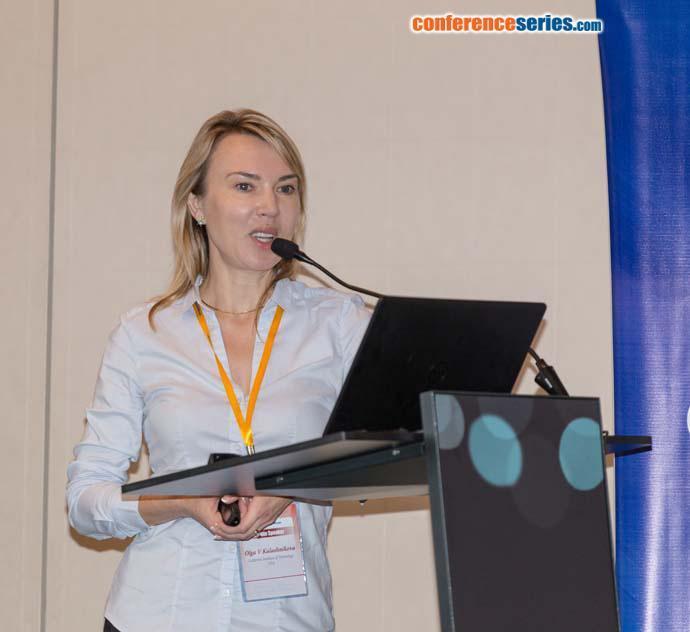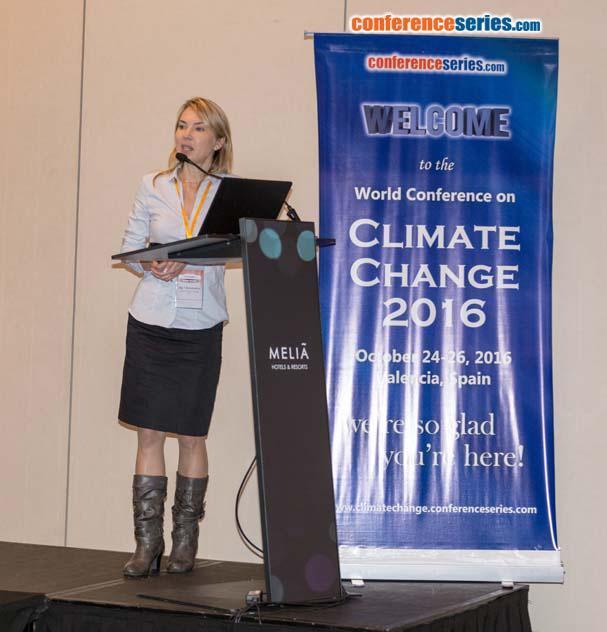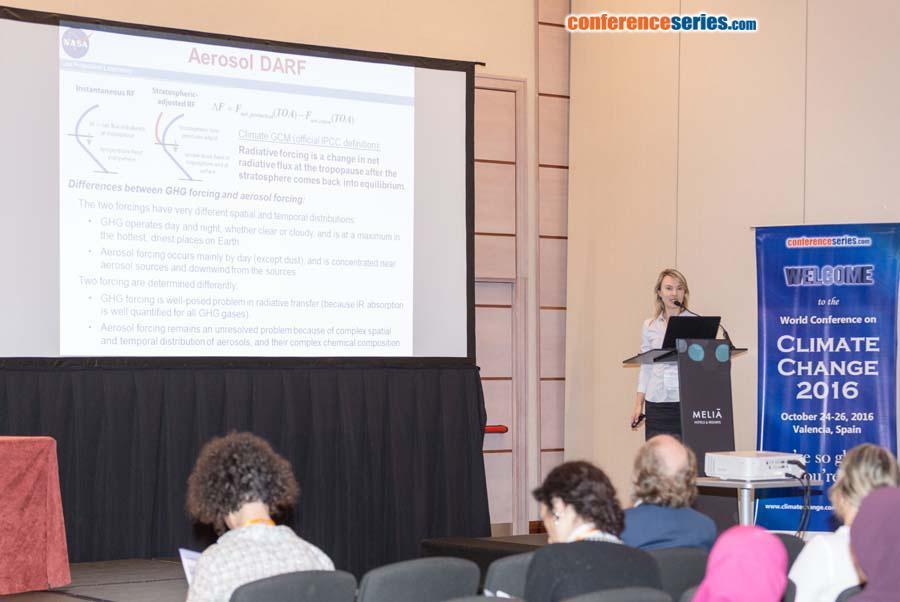
Olga V. Kalashnikova
Jet Propulsion Laboratory
USA
Title: Current and future satellite observations of aerosol types affecting human health
Biography
Biography: Olga V. Kalashnikova
Abstract
Airborne particulate matter (PM) is currently recognized as a top environmental risk factor worldwide, responsible for ~3 million premature deaths per year. While PM is a well-known cause of heart disease, cardiovascular and respiratory illness, low birth weight, and lung cancer, the relative toxicity of specific PM types—components having different sizes and chemical compositions—is currently poorly understood. Based on solid evidence that health effects depend jointly on PM size and composition, the World Health Organization has stressed the importance of filling this gap in our understanding of the associations between specific sources of PM types (both natural and anthropogenic), particle atmospheric transport, and health impacts on a global scale. That knowledge would help to prioritize PM source-specific intervention and emission control policies to maximize protection of human health.
We will summarize PM information available from current generation of aerosol-specific satellite instruments: MODIS (multispectral), MISR (multispectral, multi-angle), and POLDER (multispectral, multi-angle, polarimetric), and review applications of these measurements for epidemiological studies. In addition, we will discuss a pathway toward identifying the most toxic components of PM that occurred recently with the selection of the Multi-Angle Imager for Aerosols (MAIA) investigation as part of the NASA Earth Venture Instruments (EVI) program. MAIA is a targeting instrument that will acquire observations over roughly a dozen globally distributed metropolitan areas with science focused specifically on the PM types/health connection. This means that the MAIA targeted approach is a pathfinder toward a more powerful, global, space-based aerosol and PM measurement system.
Speaker Presentations
Speaker PDFs
Speaker PPTs Click Here



